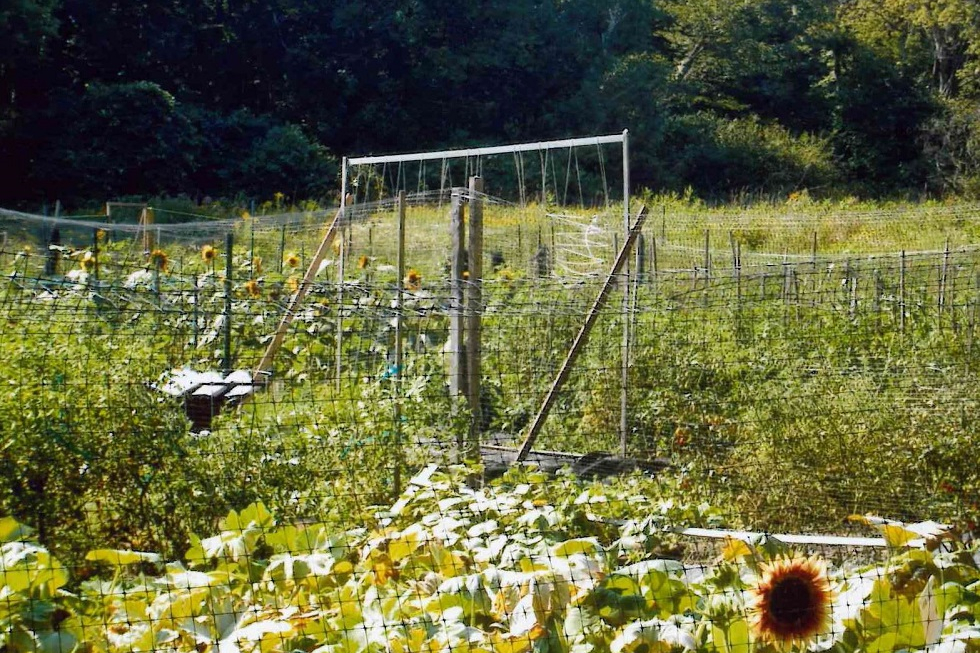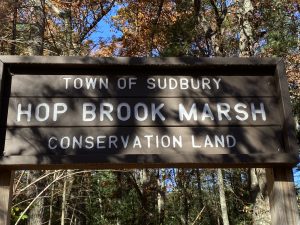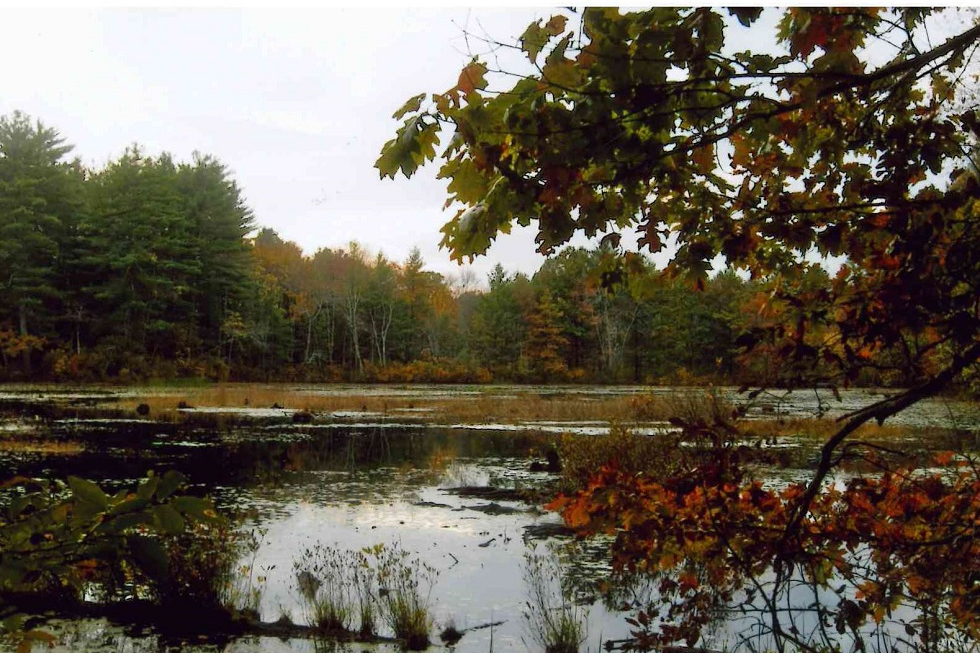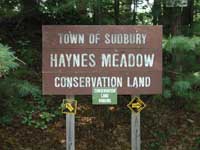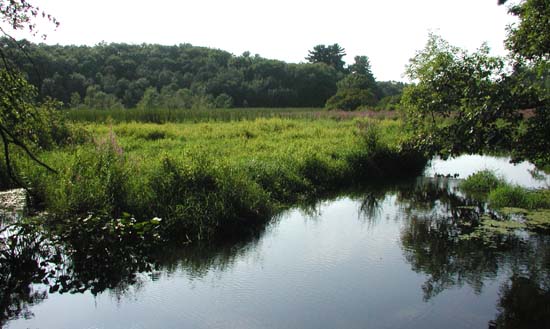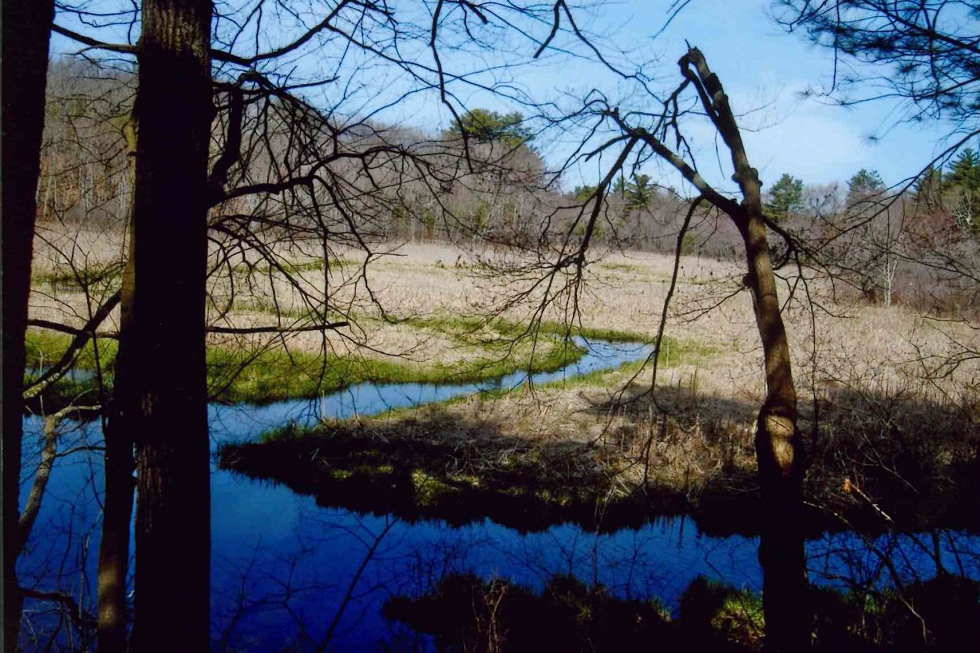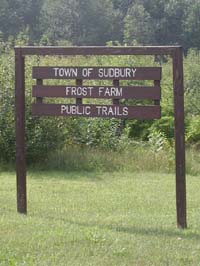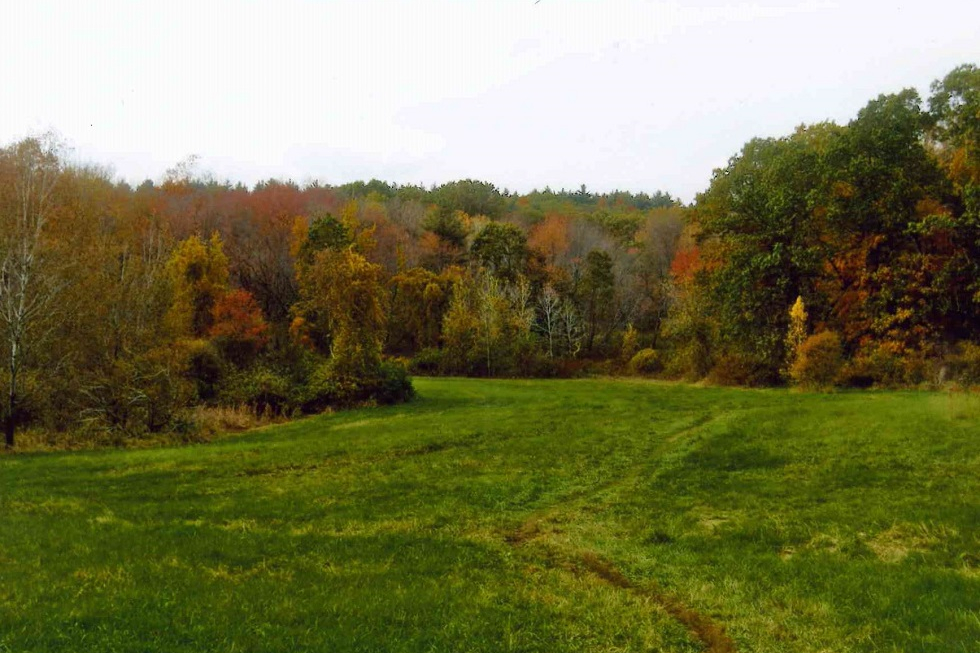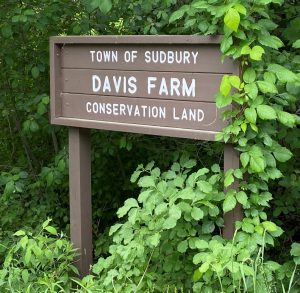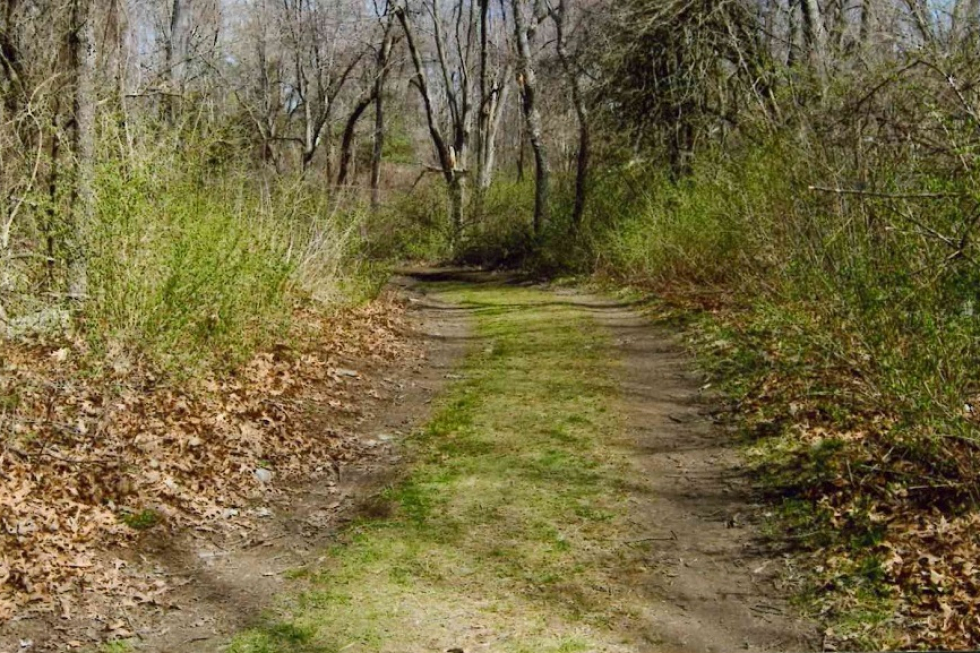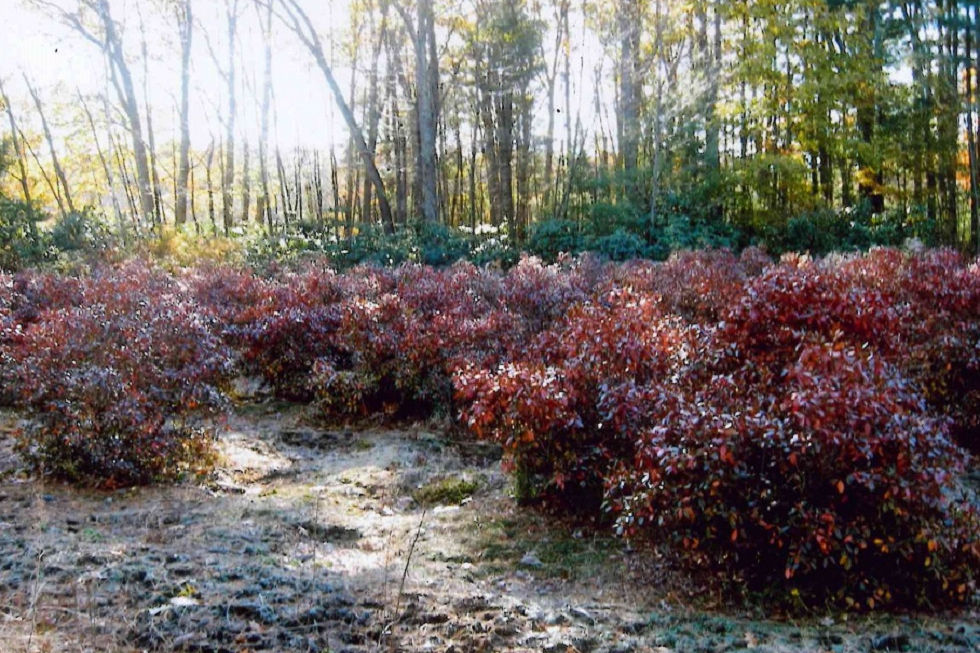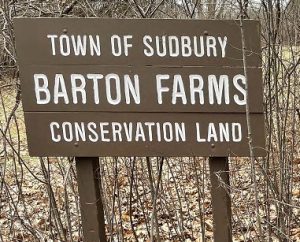- About
Town Government
Sudbury Maps
Interesting Facts
Town Multimedia
Historical Info
- Calendars
- Committees
- Application for Appointment
- Agricultural Commission
- Board of Assessors
- Board of Health
- Board of Registrars
- Cable Advisor
- Capital Improvement Advisory Committee
- Commission on Disability
- Community Preservation Committee
- Conservation Commission
- Council on Aging
- Cultural Council
- Design Review Board
- Diversity, Equity and Inclusion Commission
- Earth Removal Board
- Energy and Sustainability Committee
- Finance Committee
- Goodnow Library Trustees
- Historic Districts Commission
- Historical Commission
- Land Acquisition Review Committee
- Lincoln-Sudbury Regional High School Committee
- Local Emergency Planning Committee
- Medical Reserve Corps Executive Committee
- Memorial Day Committee
- Park and Recreation Commission
- Permanent Building Committee
- Planning Board
- Ponds and Waterways Committee
- Rail Trails Advisory Committee
- Route 20 Sewer Steering Committee
- Select Board
- September 11 Memorial Garden Oversight Committee
- Sudbury 250 Committee
- Sudbury Housing Authority
- Sudbury Housing Trust
- Sudbury School Committee
- Town Moderator
- Traffic Safety Coordinating Committee
- Transportation Committee
- Veterans’ Advisory Committee
- Zoning Board of Appeals
Archived Committees
- Departments
- Assessors Office
- Building Department
- Conservation Office
- Department of Public Works
- Dog and Animal Control
- Facilities Department
- Finance Department
- Fire Department
- Goodnow Library
- Health Department
- Human Resources
- Information Systems
- Lincoln-Sudbury Regional High School
- Park & Recreation / Atkinson Pool
- Planning & Community Development
- Police Department
- Select Board’s Office
- Senior Center
- Sudbury Public Schools
- Town Clerk
- Town Historian
- Town Manager
- Veterans’ Agent
- Schools
- Payments
- Email Lists
- Jobs
- Contact
- 🔍Search
Archives
|
The Tippling Rock Trail/Weisblatt Property was acquired in 1998. This property features hilly topography marked by numerous rock outcroppings, rich woodlands, and prolific vernal pools. The property has trails which lead to the Tippling Rock, a popular destination. This elevated rock formation rewards hikers with a scenic view looking east toward Boston, and Mount Wachusett to the northwest. At over 400 feet above sea level, Tippling Rock is the highest point within the Nobscot conservation lands lying within Sudbury. Although the Tippling Rock itself does not lie within the Tippling Rock Trail property, it can be accessed via the trailhead off of Boston Post Road. Tippling Rock is steeped in folklore. Some commentators have proposed that Native Americans move a large boulder back and forth on top of the outcropping, an action referred to as “tippling”. The noise thus generated could be used to communicate over long distances. Tippling Rock also offered Native Americans an advantageous view of the countryside. The rock shows evidence of wedge or drill holes. Historians have proposed that the rock was blasted by the late John Bartlett and his brothers. Others have speculated that a farmer leasing the field may have blasted the rock to prevent his cows being injured by its movement. Another theory is that the rock was split to make a mill stone. There were further attempts to destroy parts of the rock in the 1930s. Parking Parking is available off of 641 Boston Post Rd. Trail Challenges The trunk trail is a small segment of the much larger Bay Circuit Trail. When completed, it will connect a 200-mile greenway corridor connecting 50 cities and towns in a broad arc around the Metro Boston area. Generally wide and well-used, it is moderately sloped for much of the distance to Tippling Rock. There are some bends and steeper parts of the trail, which can make it moderately challenging at times. Some of the trail that is flat and wide, but the approach to the top is very steep, with wooden logs and rock steps set the ground to aid your ascent. Climbers should remain vigilant, as there are some steep drops. Trail Comments
Trail Videos Tipling Rock Trail – Highlights Tipling Rock Trail – Trail Hike Trail Photographs |
|
Categories:
Conservation Land
|
|
Poor farms were examples of town or county government programs (other than state or federal government programs) which provided social services for the needy within local borders. Poor farms were common in the United States beginning in the middle of the 19th century and declined in use after the Social Security Act and other programs took effect. Most poor farms disappeared completely by the 1950s. Trail Challenges There are no challenges; the land is flat and wide. Parking A small parking area is available at the corner of Marlboro Road and Willis Road. Access is off of Marlboro Road. Trail Comments
Trail Videos Poor Farm Meadow – Highlights Poor Farm Meadow – Trail Hike Trail Photographs |
|
Categories:
Conservation Land
|
|
Piper Farm is a 70-acre landscape of fields, woodlands, and wetlands located off Rice Road, which is a spur off of Route 27 located approximately one-half mile east of the Town Center. It is part of the wooded gateway into Sudbury. Piper Farm is a core property in a network of trails that traces a path from the Sudbury River to the Town Center from Route 27 near the Sudbury River to the Frost Farm Trails Conservation Land north of Route 117 and from the Great Meadows Wildlife Refuge to the Assabet Wildlife Refuge. As conservation land, trails are open to the public for walking, hiking, cross-country skiing, wildlife watching, etc. The fields and clearings are available for picnicking and light camping. Vernal pools on the property provide breeding habitats for amphibians in the spring; much needed water for forest mammals, birds, and reptiles in the summer; and food for migrating animals in the fall. The woodlands offer roosting sites for Great Horned Owls and Red-tailed Hawks. Piper Farm is a travel corridor through which wildlife species quickly shuffle across town. Piper Farm is an essential “genetic highway “that allows subpopulations of species spread across the region to mix genetically and thereby maintain a robust gene pool. Eastern Cottontails from the Sudbury River area and others from North Sudbury and beyond the Assabet River area slowly drift through this landscape, staying for several seasons or even years. Parking Parking for two cars is available at the beginning of Fieldstone Farm Road. Additional parking is available at the parking lot for King Philip Woods on Old Sudbury Road. Historical Information Piper Farm is an exploration of the human and natural history of Sudbury. Old fields, orchards, and stone walls tell stories of life in New England 150 years ago. Artifacts from colonial times and Native America are buried in the land. The interplay of plants and animals in the woodlands and fields makes each visit to the property an opportunity to see and discover new aspects of Sudbury’s natural heritage. Trail Challenges The entry to Piper Farm is a moderately steep narrow trail. Hikers then enter a wide open, flat field area. The trail continues through this wide area and then enters the forested area. The forest trails contain hills and moderate slopes with multiple tree roots and rocks along the trails. Some of the slopes along minor trails can be steep. Some of these wooded area trails also contain brush and are moderately challenging to hike. Trail Comments
Trail Videos Piper Farm – Highlights Piper Farm – Trail Hike Trail Photographs |
|
Categories:
Conservation Land
|
|
The King Philip Woods Conservation Land was purchased jointly by the State Department of Environmental Management and the Town of Sudbury in 1987. The 81-acre conservation land consists of two parcels. On the easterly side of Water Row is 57 acres of Sudbury River floodplain with over 1,300 feet of frontage on the Sudbury River. With the exception of a scenic viewing area, this portion of the parcel is not open to the public to ensure preservation of the wildlife habitat value of the floodplain. The westerly side of Water Row is mostly a forested upland with diverse topography, trails, a small pond and bog, and several interesting historic foundations. Trails from the King Philip property lead to the Haynes Garrison House. Hikers can also cross Water Row to view The Great Meadows National Wildlife Refuge at designated viewing areas. Haynes Garrison and The Great Meadows National Wildlife Refuge are not part of the King Philip property. Parking A small gravel parking area is available off of Old Sudbury Rd. near Wolbach Rd.
Historical Information The abandoned Old Berlin Road, historically an important stagecoach road from Boston to Lancaster, is now a dirt road running through the upland side of the parcel from Water Row to Old Sudbury Road. A short distance in from Water Row, on the right of Old Berlin Road, the foundation of an old tavern exists. This was a 2 1/2 story structure about the size of the Wayside Inn. Historically, the structure was a stagecoach stop. It became a popular spot in the middle of the 18th century for certain unsavory “Gentlemen of the Road” namely highwaymen and horse thieves who were led by the notorious Captain Lightfoot. The Captain and his friends had plied their trade on the highways of England too successfully and, for reasons of personal health, were forced to leave their native land. Subsequently, it was noticed that several travelers who left by stage for Lancaster failed to arrive at their destination, and warnings were posted advising travelers of the hazards of stage travel. With suspicion leveled at it, the tavern became unpopular as a stopping place and gradually fell into disrepair. A later owner investigating a stone in the basement unearthed 13 skeletons – apparently the unfortunate travelers who never made it to Lancaster. King Philip, also known as Metacom, Metacomet, or Pometacom, became Great Sachem of the Wampanoag Federation in 1662 after he inherited the power and influence of his father and brother. Philip succeeded in organizing the Native Americans of New England to fight against the English. He knew that, if the Native Americans did not go to war, they would have to submit to English authority. On April 21, 1676, Sudbury, Lancaster, and Marlborough were burned to the ground by marauding Native Americans under the command of King Philip. A feeling of impending crisis sent the Sudbury settlers to their six garrison houses. On that fateful day, a force of 1,000 to 1,500 Native Americans under King Philip infiltrated the woods, burned the isolated farmhouses, and attacked the garrisons. None of the garrison houses remain today, but the foundation of the Haynes Garrison House can be seen on the adjacent town-owned parcel. It was to the Haynes Garrison House that the two Concord survivors of the Native American massacre at the Four-Arch Bridge (at the Sudbury River in Wayland) fled for refuge. Here, the defenders showed such courage and fierce determination to defend their homes that the Native Americans gave up and faded into the woods. Perhaps the increasing frequency of musket fire from the direction of Green Hill drew the discouraged Native Americans over Goodman Hill to the main engagement. There, King Philip and his warriors finally overwhelmed the colonials that afternoon, but failed to consolidate their victory. By the end of the day, Philip had abandoned his plan to wipe out settlers all the way to Boston and turned back. In August of that year, Philip was killed in Rhode Island by one of his own men – the brother of a man Philip had killed for desertion. King Philip did not succeed in taking back any of the former Native American lands in New England. After Philip’s death, the war ended. Native American power in New England had been considerably weakened, and the future of Native Americans in New England was set. This began the slow descent into final defeat of the Native American peoples in southern New England. Today, legends exist about Native Americans hurling a flaming hay cart down the hill toward the Haynes Garrison House while soldiers and families remained inside. Had the Haynes Garrison House been unable to protect the town’s earliest settlers against Native American attack, King Philip’s plan to wipe out every settlement eastward until he reached Boston might have succeeded. Philip suffered a significant setback in Sudbury, and it was here that he was made to turn back. Excerpted in part from the book, Wayland A-Z: A Dictionary of Then and Now, by Evelyn Wolfson and Dick Hoyt, published in 2004 by the Wayland Historical Society. Trail Challenges The forested area contains hills and slopes, with multiple tree roots and rocks along the trails. Some of the slopes along the trails can be steep. However, the main trail is generally wide with average difficulty other than some slopes. Some of these wooded area trails also contain brush and are moderately challenging to hike. Trail Comments
Trail Videos King Philip Woods – Highlights King Philip Woods – Trail Hike Trail Photographs
|
|
Categories:
Conservation Land
|
|
The Nobscot Conservation Land is 118 acres of woodland, meadows, historic sites, and an abandoned apple orchard. It is located south of Route 20, with access and parking on Brimstone Lane. The original 78 acres of the parcel was purchased in 1974 for passive recreational activities. A gift by Alderice Mailett in 1985 added another 40 acres. The area is ideally suited for hiking, nature study, snowshoeing, and cross-country skiing. The Nobscot Scout Reservation, which borders this parcel, is private property and is not part of the Nobscot Conservation Land. However, it is also open to the public. A wide variety of birds and wildflowers can be observed here. Parking A small gravel parking area is located on Brimstone Lane, near the town line with Framingham. Look for kiosk. From the parking lot on Brimstone Lane, the conservation land lies on both sides of the road. On the uphill side of the parking lot is the slope running up Nobscot Hill, the peak of which lies not far over the town line in Framingham. The path up the steep embankment levels out and traverses an abandoned apple orchard. Before the forest reclaimed it, Mt. Wachusett and Mt. Monadnock could be seen from this view point, as could Round Hill and the spires in the Town Center. On the downhill side is a tract which includes considerable wetlands. Historical Information There are a number of interesting geological features such as kettle holes and eskers that tell the history of a land formed by receding glacial ice. For Native Americans in the Sudbury Valley, Nobscot was a hill they called Penobscot, “Place of Falling Rocks” and was a spiritual place for the Nipmuc people. The colonists of Sudbury and Framingham shortened the name to Nobscot. The Nobscot Conservation Area once comprised several farms with open fields, stone walls, and farm buildings. Today, only the stone foundations of buildings and the stone walls remain, and much of the land has reverted to woodland. Nobscot contains the famous dam built in the 1930’s by Henry Ford, founder of the Ford Motor Company. In 1923, Ford stepped in to protect the Wayside Inn as a “splendid example of colonial America.” He purchased nearly 1,500 acres surrounding the Inn and built a traditional New England-style white chapel and a field grist mill (rumored to be the “most photographed historic site”) in the Wayside Inn area. Ford had a dam built in an attempt to create a reservoir for firefighting in the Wayside Inn area. The wall was built at least 30 feet high and 900 feet long out of stone and concrete. Obsessed with historic authenticity, Ford made sure all construction and renovations were accomplished in “the traditional manner” using only man- and oxen-power. Unfortunately, the dam never worked as intended, only succeeding in holding back only enough water to form a wetland. The reasons given were that the soil was too porous behind the dam, and the feeding stream has very little water most of the year. This dam is now referred to as “Ford’s Folly”. Special Notes On the very top of Nobscot Hill, on private property, is an array of microwave antennas used for radio communication. Trail Challenges The entry point from Brimstone Lane is an extremely steep climb with wooden log steps. The forested area contains minor hills and moderate slopes with multiple tree roots and rocks along the trail. Some of the slopes along minor trails can be steep; however, the main trail is generally wide with average difficulty, except for a few more challenging slopes. The trail to Ford’s Folly is in the opposite direction from Nobscot Hill. This trail winds through wooded areas, which contain some slopes, tree roots, and rocks. Some of these wooded area trails along both sides of Brimstone Lane also contain brush. Ford’s Folly is accessed via a narrow path along the top of the structure, so hikers should use caution. Trail Comments
Trail Videos Nobscot – Highlights Nobscot – Trail Hike Trail Photographs
|
|
Categories:
Conservation Land
|
|
Lincoln Meadows, purchased by the Town of Sudbury as two parcels in 1965 and a third parcel in1971, is located at the base of Round Hill. Lincoln Meadows and the surrounding areas include fields, marsh, woodland, ponds, and streams. Many kinds of plants and small animals are found in the wetland and upland terrain of Lincoln Meadows. It is situated in a major flyway, where migratory birds can be observed in spring and fall. Round Hill was purchased in 1964 by the Sudbury Valley Trustees, Inc., a private land trust. Round Hill is a drumlin (a glacial remnant of the Ice Age), and stands at an elevation of 227 feet above sea level. It is the most prominent geological feature in the area. Round Hill is not part of the Lincoln Meadows property. Both Lincoln Meadows and Round Hill are managed for quiet recreational use by the public, and are subject to the regulations adopted by the Commission. The trail at Lincoln Meadows along the community gardens is wide and flat. The Round Hill trail has a moderately steep slope to the top of the hill with some rocks and tree roots. Parking A small gravel parking area is available at 190 Lincoln Road. Lincoln Meadows Garden Lincoln Meadows features the Sudbury Community Gardens. The program exists for gardeners to grow vegetables and flowers in the summer in a sunny location with rich soil. Some garden plots are restricted to organic horticultural methods only. The cost of each 30 foot by 30-foot plot is $30, while half-plots are available for $20. The fee covers plowing, manure, staking, and other incidental expenses. A hand pump accesses surface water into the early summer Gardeners may obtain more than one plot. A kiosk with a posted plot map provides guidance to the area. Plots are also available for residents of neighboring towns. Information on the Community Gardens is located here. Trail Challenges The trail at Lincoln Meadows along the community gardens is wide and flat. As hikers approach Round Hill, the trail has a moderately steep slope to the top of the hill with some rocks and tree roots. Trail Comments – “The community gardens are really interesting. There are many crops grown by individuals in their gardens. You can also see how people tend to their gardens.” – “The garden plots have all kinds of tools and items that people use. There is also a water pump for everyone to use.” – “Across from Lincoln Road are large farms with massive fields.” – “There is a great root cellar building next to the parking lot.” – “On the east side of the property, hikers can reach the Great Meadows Wildlife Refuge trails, which are really impressive also.” Trail Videos Lincoln Meadows – Highlights Lincoln Meadows – Trail Hike Trail Photographs |
|
Categories:
Conservation Land
|
|
This 80-acre parcel of wetland, floodplain, meadow, and forest was purchased by the Town of Sudbury from the Sudbury Rod and Gun Club in 1967. It offers a varied habitat for a wide variety of plant and animal life. The site features multiple trails and a scenic pond. In addition, the parcel contains beautiful wildflowers, interesting mushrooms, and forest groundcovers. Due to the varied habitat types, the property is vibrant with both aquatic and terrestrial life. Numerous bird species such as blue heron, osprey, owls, and hawks may be seen fishing in the marsh and pond. Many other bird species dwell in the oak-pine forest. Winter sports enthusiasts may skate on the pond (at your own risk), snowshoe, and cross-country ski on the trails that connect to other open space areas. The link below is an informational video about Hop Brook Marsh Conservation Land made as a community service project in September 2010 by a Sudbury Girl Scout. Parking A small gravel parking lot is available on Dutton Rd, just south of Amanda Road. Look for the trail sign. Historical Information There are indications that the Native American population used fishing weirs at numerous places on Hop Brook before white settlers arrived. As a tributary of the much larger Sudbury River, the brook played a crucial role in the development of the Town of Sudbury from its very early settlement. From that time and into the 18th century, Sudbury was on the perimeter of the western expansion of the Massachusetts Bay Colony. The area was wilderness, isolated from civilization because of the slowness of horse-drawn travel, and also because of the formidable spring flooding of the Sudbury River. The inhabitants had to become self-sufficient to survive, develop, and prosper. The supply of waterpower for mill operation was a major function of Hop Brook for several centuries. Local establishment of mills was essential for the grinding of grains, sawing and planning of wood, and processing of cloth. The Sudbury River was not suitable for the siting of mills because of the broad wet meadows that surround it. A major tributary, Hop Brook, was chosen instead. At least seven mill sites, under numerous proprietors, were established along the 9.4 miles of Hop Brook. The last of the mills operated until the middle of the 20th century. All the mill buildings on Hop Brook are gone. However, if one looks carefully, the old mill sites may be found by their remaining dams, spillways, and stonework. Old photographs, deeds, and written records still survive. Another indispensable function of the brook was the supply of water to the farming population, their stock, and their crops. This contributed to making Sudbury one of the largest towns in the area before and during the Revolutionary War. Winter sports enthusiasts may snowshoe and cross-country ski on the trails that connect to other open space areas. Trail Challenges The main trails at Hop Brook Marsh are wide, flat, and well established. There are some tree roots on the minor trails. A slightly slope exists on the end of the trail past the Duck Pond near Hop Brook. Trail Connections During the Eversource Transmission Line Project For the next 18-24 months, the Eversource Transmission Line which runs adjacent to Hop Brook Conservation Land will be under construction. During this time, the rail bed corridor will not be able to be accessed by the public and trail connections between Hop Brook and Memorial Forest will not be available. The Town has worked with the contractor to permit two trail connections, shown on this map, during time of year restrictions when construction can not occur on this section of the corridor. Only these two crossings will be available for public use from May 1 through July 31 until further notice. Hikers will need to stay either north or south of the rail corridor all other times of the year and should use the respective trail heads (either the Hop Brook Conservation Land or the Women’s Federation parking areas on Dutton Road, or the Assabet River National Wildlife Refuge on Hudson Road) to access these respective trail systems. Trail Comments
Trail Videos Walk With Nature by Jon Ehrmann Girl Scouts Silver Award Film Hop Brook Marsh – Highlights Hop Brook Marsh – Trail Hike Trail Photographs |
|
Categories:
Conservation Land
|
|
The Haynes Meadow Conservation Land was purchased by the Town in 1986 with the help of State funds. This 37-acre parcel contains open marshes, wooded swamps, and forested geologic formations called eskers. Hop Brook flows through the property from the Water District property to the north of the site south to Peakham Road. Spectacular views of Hop Brook can be seen from the trails along the eskers. Hiking and cross-country ski trails provide connections to the adjacent Curtis Middle School to the west and through the Sudbury Valley Trustees owned 35-acre Gray Reservation (open to the public) to the northeast. Hop Brook formerly served several sawmills located along its banks. A dam, creating the now non-existent Conners Pond, was located just north of Peakham Road, and the remains of its structure can be seen today. The Haynes Meadow Conservation Land was the site of the Johnson Lumber Company Lodge. This lodge, built in 1920 and used as a recreational center for the lumber company employees, is also town-owned and is centrally located on the property. It is currently rented and is not open to the public. The Haynes Meadow Conservation Land provides many diverse activities and experiences for all to enjoy. Local history, flora, fauna, miles of hiking trails, and valuable water supply resources are contained on this easily accessible site. Trail Challenges The trail from Peakham Road is well-traveled and flat. The trails leading to the Meadow are mostly flat and well-used. The trails around the Meadow are generally wide and established. There are some hilly areas and tree roots, but hikers can avoid most steep areas by using wider trails nearby. Hikers can access the bridge at the Meadow by using a wide, well-traveled trail or by using a hilly, more challenging trail. Trail Comments
Special Notes: Out of courtesy to the tenant and adjacent property owners at Haynes Meadow: ◾Please adhere to the “No Public Access Beyond This Point” signs near the lodge. ◾Respect the conservation land boundary signs adjacent to private property. ◾The access driveway off of Peakham Road is a right-of-way through private property. Please do not park on the driveway (see designated parking areas on map). ◾ Parking is limited at the end of the driveway at 489 Peakham Road. Additional parking is available at the end of Blueberry Hill Lane and the parking lot for Sudbury Valley Trustees Gray Reservation at the corner of Old Lancaster Road and Hudson Road. ◾Do not venture onto private property adjacent to the right-of-way.
Natural and Cultural History of the Haynes Meadow Land and Gray Reservation From the Sudbury Valley Trustees Most striking is the 40-foot high ice contact face that rises just south of Hop Brook. A trail winds through oaks at the top, providing dramatic views over the brook’s flood plain far below. The slope marks one edge of a kame plain underlying Pratt’s Mill Road and the Curtis Middle School property. The flat-topped plain was built up with layers of well-stratified material deposited by glacial melt-water. Kettleholes pit the plain, formed as sand and gravel washed and settled around chunks of ice left behind by the glacier. A steep-sided depression remained after the ice melted. The bottom of the large glacial pit behind Curtis Middle School harbors a sphagnum bog. Kame plains are frequently found in association with kame terraces, separated from them by a narrow trench or swampy moat, in this case Hop Brook and its flood plain. Saxony and Normandy Drives occupy the terrace, formed by stratified deposits laid down between a wasting tongue of ice and a valley wall. Eskers or ice-channel fillings wind through these properties, long,narrow ridges of stratified drift deposited by rivers that ran through tunnels within the glacier or through ice-walled open channels on its surface. Look for a large boulder that perches near the trail winding along an esker top in the northeast corner of the Gray Reservation; it’s a glacial erratic carried along by the glacier and then dropped. Human History Stephen and Marjorie Gray, former owners of the Gray Reservation, loved caring for their land and took great pleasure and pride from it. Mr. Gray created the pond on the property and built the cabin that formerly stood near the dam. Only its fireplace and chimney remain, but some older residents still remember dance parties and gathering around the fire after ice skating on the pond. Shrubs and flowers were planted in the vicinity, but only a clump of day lilies at pond’s edge remains. On the south side of Hudson Road, stone walls enclose a former garden area now mowed annually to keep it open. Grapevines and roses grow on the walls. Hop Brook formerly powered several mills located along its banks. The Willis Mill on Peakham Road sawed lumber for some fifty years, until it burned in 1898. Its mill pond flooded a portion of Haynes Meadow and was a popular spot for ice skating and hornpouting. The mill pond became known as Conners Pond when the land changed hands. Mr. Conners built the house on the Haynes Meadow property in 1920 and installed equipment at the dam to produce his own electricity. The house was used for a time as a recreational center for the employees of Mr. Conners’ lumber company. Under new ownership and renamed Lake Ford, the pond was the centerpiece of unsuccessful plans to develop cottages on small lots around its shores. In 1955 the pond disappeared, its dike washed out during Hurricane Diane. The dam itself is still in place but nearly inaccessible. Although town records do not provide hard evidence, terrain and oral tradition suggest that another mill existed farther upstream at Haynes Meadow, utilizing the esker that extends southwest from the wooden footbridge across Hop Brook; a dam at this area has already been mentioned. Remnants of a stone-lined channel near the foot of the steep ice-contact face suggest a sluiceway or emergency spillway. Former landowner John Powers referred to this area as the 1812 dam. Natural History Nutrients from Marlborough’s Easterly Wastewater Treatment Plant travel with the stream’s water. When the water slows during its passage through the ponds, algae blooms, creating a summertime stench that affects both owners of nearby homes and visitors to the Wayside Inn’s grist mill. The Hop Brook Protection Association is trying a variety of solutions, ranging from the purely mechanical to creating artificial wetlands and working with the EPA on the treatment plant’s permitting requirements. The land’s geological underpinnings help to determine what grows where. Vegetation and terrain together provide a variety of wildlife habitat. The dry acid woodlands on the eskers and kame terraces include a mix of white pine and oak on south-facing slopes while pockets of hemlock show up on cooler northerly slopes. Due to thin gravely soils, shrubs are scarce – just a few huckleberries and low-bush blueberries. Wild flowers are common in late spring and early summer, including shinleaf, pink lady slippers, and wild oats. Evergreen partridgeberry, wintergreen, and pipsissewa may be identified in winter as well. Ghostly white Indian pipes sprout in the shady woods; because they gather their nutrients from nearby pine roots, they have no need for chlorophyll. Ancient club mosses and ferns carpet the area. Water encourages other plant life. Marsh marigold, forget-me-not, and jewel weed grow near the ponds and streams. Swamp azalea scents the air from time to time during a spring walk. A sphagnum bog nestles in the bottom of the kettle hole behind Curtis Middle School. Animal life ranges from yellow-spotted salamanders in the vernal pool tucked behind an esker on the Gray Reservation, to deer. Birds sighted on the property include northern oriole, scarlet tanager, blue jays, chickadees, titmice, and crows, sometimes mobbing the great horned owl that’s been known to hang out here. Marsh and ponds attract mallards and great blue heron. The tall trees on the Gray Reservation have in the past attracted a shy but huge exotic species, the pileated woodpecker of “Woody Woodpecker” fame. Other exotic, introduced species are less welcome, like European buckthorn, a pesky and stubborn shrub that will take over the woods if you let it, just as purple loosest rife has filled our wetlands. Trail Videos Haynes Meadow – Highlights Haynes Meadow – Trail Hike Trail Photographs |
|
Categories:
Conservation Land
|
|
Frost Farm is located near the North Woods Office and Condominium complex on North Road, on the town line with neighboring Concord. The site contains vast open meadows along with forested areas, which surround the open fields. The property provides exceptional bird watching, particularly in the spring, due to the diverse array of habitats present on the property. When completed, the Bruce Freeman Rail Trail (BFRT) will follow the right-of-way formerly used by the Framingham and Lowell Railroad. This enters Sudbury from Concord, then runs along the western edge of the property. The BFRT will connect this property with Davis Farm, located just south of North Road. This location was the site of a 140-acre estate known as Briardale Farm. The house at the farm, was purchased by Mr. Levenstein in the 1920s. He rebuilt it as a mansion. This would eventually be rebuilt after being destroyed in a fire. He raised racehorses on the farm. In 1932, he sold the farm to Mr. Frost, a wealthy gentleman farmer, who raised and sold sheep. Mr. Frost converted the horse stable to a poultry barn. The property changed hands several times in the late 20th century until the town purchased the house and grounds in 1992. Trails The Frost Farm trail begins in a gently rolling field, dotted here and there with trees. The main trail leads immediately northwest across the uppermost field, crossing an old irrigation ditch, before proceeding into the woods and onwards to Concord. An alternative loop trail leads you in a southernly direction, where the fields can get muddy or flooded at the lowest points. Beyond the meadow, you enter a forest characterized by moderate slopes. The trail bends sharply around a prominent outcropping of bedrock. There are two bridges crossing the streams. Parking Parking is available at the picnic area on the left as you drive up Frost Farm Village Road. Please do not enter Frost Farm Village. Trail Comments – “The meadows at the start of the hike are really colorful and beautiful. There are lots of wetlands and streams also.” – “The forest trail has great trees and views, especially of the pond.” NOTE: The pond is not part of Frost Farm). “The fields are surrounded by great forests and wetlands. This is one of the best hikes in Sudbury.” “Hikers can keep going through to Concord if they head north and can reach White Pond.” NOTE: The field and White Pond are not part of Frost Farm. Trail Videos Frost Farm – Highlights Frost Farm – Trail Hike Trail Photographs
|
|
Categories:
Conservation Land
|
|
Purchased from William Hazen Davis by the Town of Sudbury in 1974, the Davis Farm Conservation Land is a 52-acre tract located in northeast part of town, on the southern side of North Road (Route 117), about a quarter mile east of the North Sudbury Fire Station. It adjoins the 29-acre Davis Field parcel, purchased by the Parks & Recreation Commission in 1975, and the 22-acre Cail Farm parcel, gifted to the Conservation Commission in 2006 Standing at not too great a distance from the parking area is the old farmhouse. This is thought to have been built circa 1715, making it one of the oldest buildings still gracing the northern part of Town. It once served as an inn for travelers along what was then the “Old Fitchburg Turnpike”. In the 18th century it was purchased by Reuben Haynes, a farmer with roots in Sudbury stretching back to 1639. A walking path connects the lot to the nearby Davis Field. This popular open area is notable for its role as a nesting spot for bobolinks, and as the site of Mass Audubon’s annual bird survey. Beyond a vehicle access gate, a wide, flat, farm road winds its way south from the lot. About 800 feet along on the right lies a small meadow. This is the site of an on-going effort to cultivate native plant species that support the local pollinator population. The road ultimately opens into an agricultural field located in the southeastern corner, near to Cold Brook. In keeping with tradition, a license to farm this area is held by a local farmer. Be alert! The access road and field are frequently traversed by tractors during the growing season. The field, pollinator meadow, and recreational field are all prime spots for birdwatching. Ascending a moderate, open slope to the right of the field leads up an old toboggan run to the forested Hilltop Trail, which features a more uneven surface and a dense, mature canopy. Another trail connects hikers to what until 2023 was the railbed of the long-discontinued Framingham and Lowell Line of the New York, New Haven and Hartford Railroad, soon to be the newest leg of the Bruce Freeman Rail Trail. This will connect trail users to other local attractions, like nearby Frost Farm Conservation Land, as well as points in Concord and beyond. Trail Challenges The primary trail at Davis Farm is wide and generally flat. The main trail in the forested area leading to the sledding slope and the main field is wide with small slopes in some areas. Walking the toboggan area involves a moderate, continuous slope. Trails within the forested area beyond the farming field contain some tree roots, rocks, and heavy vegetation. Parking A small parking lot serving trail users is located off of North Road, on the right as you pass Windmill Drive and the Bruce Freeman Rail Trail heading toward Concord. A gated farm road extends beyond the parking area. No motorized vehicles are allowed beyond this gate. Trail Comments
Trail Videos Davis Farm – Highlights Davis Farm – Trail Hike Trail Photographs |
|
Categories:
Conservation Land
|
|
The development rights for Cutting Farm were acquired by the town in 2004. Trails and a canoe launch are located on this land. Cutting Farm is located on Route 27 North, adjacent to the Cutting Playing Field, just before the Maynard town line. The parcel includes a large scenic pond, forested areas, and a variety of trees and shrubs. Park in the Cutting Field parking lot. The trail entrance is in the back. The Cutting property has been farmed by the Cutting family since the late 1600’s. In 2004, the Cutting family offered to preserve 55 acres of their parcel by selling a combination of land and an Agricultural Preservation Restriction (APR) to the Town of Sudbury. The public has access to the land covered by the APR on a network of trails. This includes access for passive recreational opportunities for Sudbury residents such as walking, cross country skiing, and canoeing on Cutting Pond. The Cutting property abuts the new Assabet River Wildlife Refuge and is a portion of a 3,000-acre wildlife corridor running north to south through the towns of Sudbury, Maynard, Marlboro, Hudson, and Stow. Trail Challenges The trails around Cutting Farm are wide and flat. There is some vegetation on the ground while walking to the pond. Otherwise, there are no difficulties in using the paths. Trail Comments
Trail Videos Cutting Farm – Highlights Cutting Farm – Trail Hike Trail Photographs |
|
Categories:
Conservation Land
|
|
At a little over 14.1 acres, the Barton Farm Conservation Land is a remnant of what was once roughly 400 acres owned by William Hunt. This land was divided between his two sons. One of them, Israel, had a daughter name Mary Susan. In 1851, she married a man from nearby Concord, a union that would produce three children. It would also result in the transferal of Israel’s land to her husband. This man was George W. Barton. Standing nearby on privately-owned land is a farmhouse, built by Israel circa 1820. Associated barns sit directly across Marlboro Road from the farmhouse. These were built in the mid-1800’s, replacing earlier barns that were completely destroyed by fire in February of 1847. It has been claimed that the smallest of the barns was the original post office for North Sudbury, and was formerly located at the depot between Haynes and Pantry Roads. The larger, historic farm stretched west as far as Mossman Road, where a few distinctive landmarks still remain. The fields of the farm were each given a unique name so that family and hired help could easily find them. “Three Corner Piece” abutted Marlboro and Haynes Roads and is adjacent to the parking area. Not far from there lay “Noyes Hill”. To the west was “Maple Grove”, where maple saplings were grown and sold to other area farms. To the south was “Noyes Flat”, while nearer to the railbed and surrounded by stonewalls, a ditch, and Sawmill Brook sat “Noyes Island”. Further east lay the “Rocky Piece”, near a pond that once hosted a gristmill on its southern shore. Some of these fields are currently under Agricultural Preservation Restrictions held by the Town, and support active commercial farming. Nestled amidst the fields is the site of a former iron-ore deposit, noted on a map of Sudbury from 1875. From the earliest days of colonial settlement, bog iron was extracted from the edges of the bog meadows and farms in the Pantry Brook Area. This resource was quickly depleted, but evidence of its existence can still be seen in the form of an orange, oily film coating the surface of the water in many of the streams and wetlands. Several town-owned Conservation Lands are located nearby to Barton Farm. Less than a half-mile to the southwest as the crow flies sits Poor Farm. Frost Farm and Davis Farm are just a bit further to the northeast, and are accessible from the Bruce Freeman Rail Trail (formerly the railbed of the old Penn Central line). While not accessible, the Pantry Brook and its bordering vegetated wetlands are a prominent feature of this property, meandering across it for over 2,000 feet. The brook flows in a southerly direction from Marlboro Road, before turning east and passing under the Rail Trail. Parking A small gravel parking area is available at 296 Marlboro Road, in front of the kiosk.  Barton Farm Entrance Trail Challenges Barton Farm, for the most part, contains relatively flat terrain. The wooded area between farming fields contains some slopes, branches, tree roots, and rocks which are moderately difficult to cross. A short walk down Haynes Road brings you to the soon to open Bruce Freeman Rail Trail. Taking this north will soon bring you to other conservation trails such as Davis Farm and Frost Farm. CAUTION: Sections of Barton Farm cross onto private property. Please stay on public trails identified on the trail map in this section. Trail Comments
Trail Videos Barton Farm – Highlights Barton Farm – Trail Hike Trail Photographs |
|
Categories:
Conservation Land
|

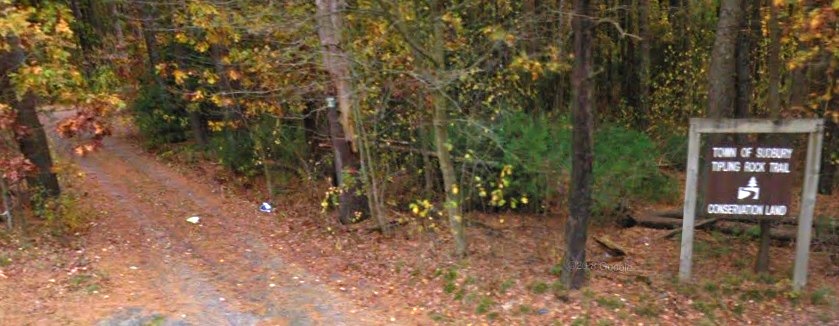


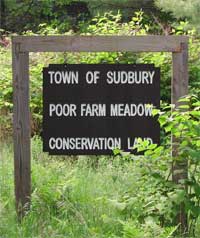 Poor Farm, like other poor farms around the country, was a working farm that produced at least some of the produce, grain, and livestock it consumed. Residents were expected to provide labor to the extent that their health would allow, both
Poor Farm, like other poor farms around the country, was a working farm that produced at least some of the produce, grain, and livestock it consumed. Residents were expected to provide labor to the extent that their health would allow, both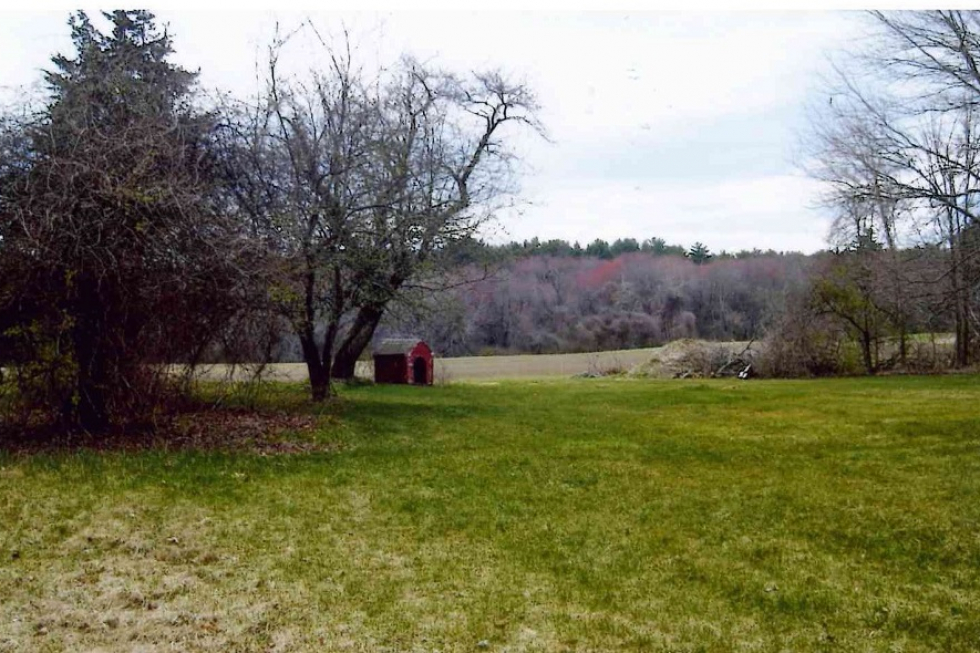
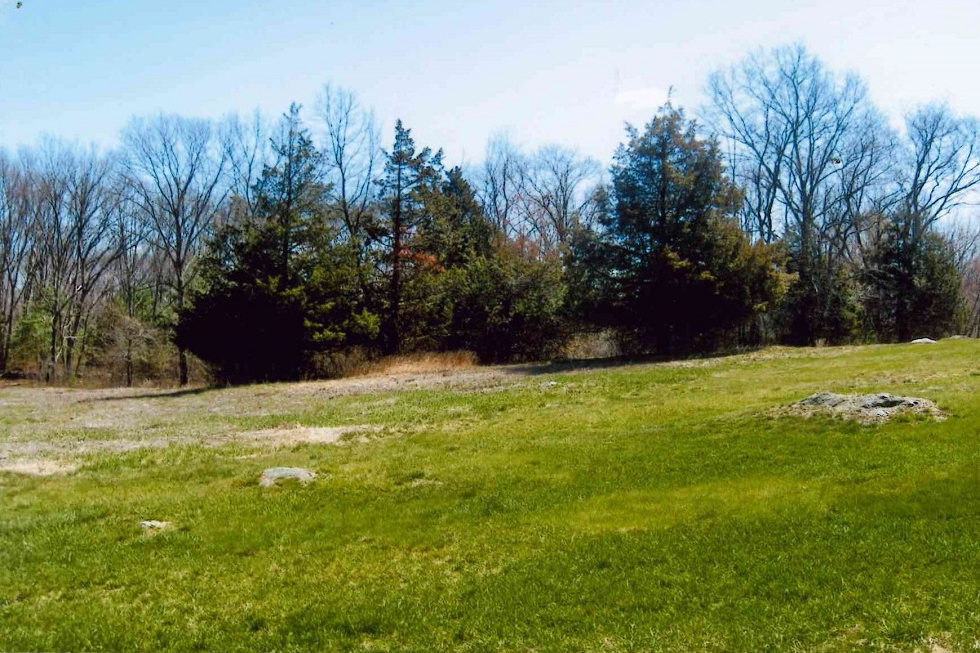
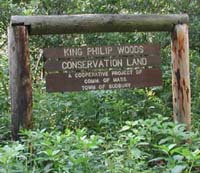
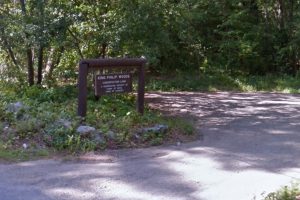
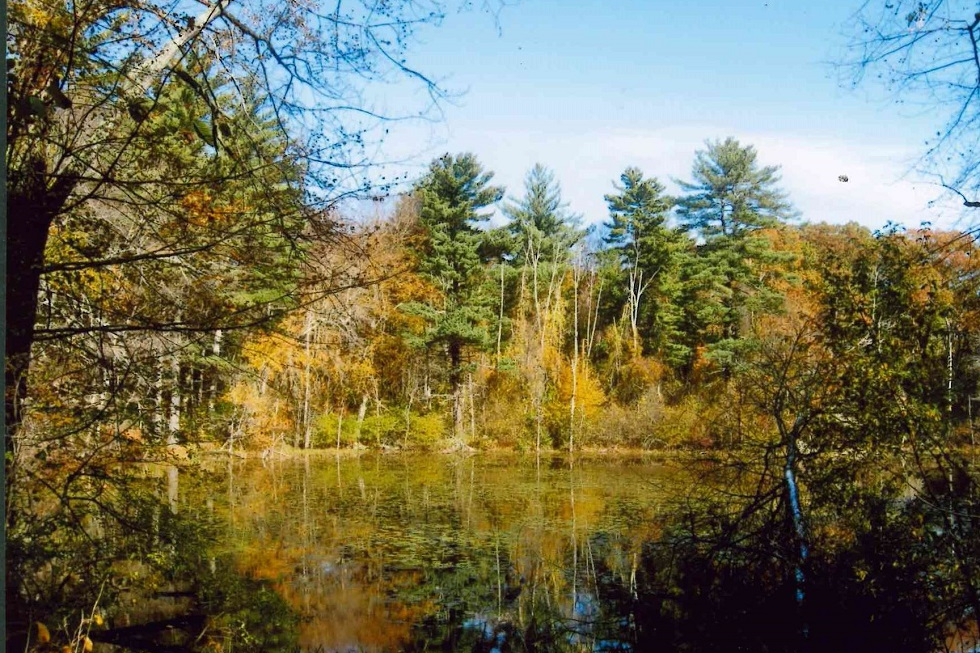
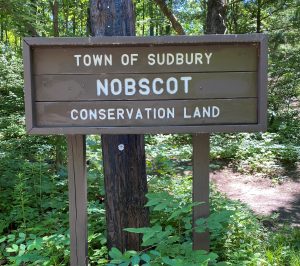
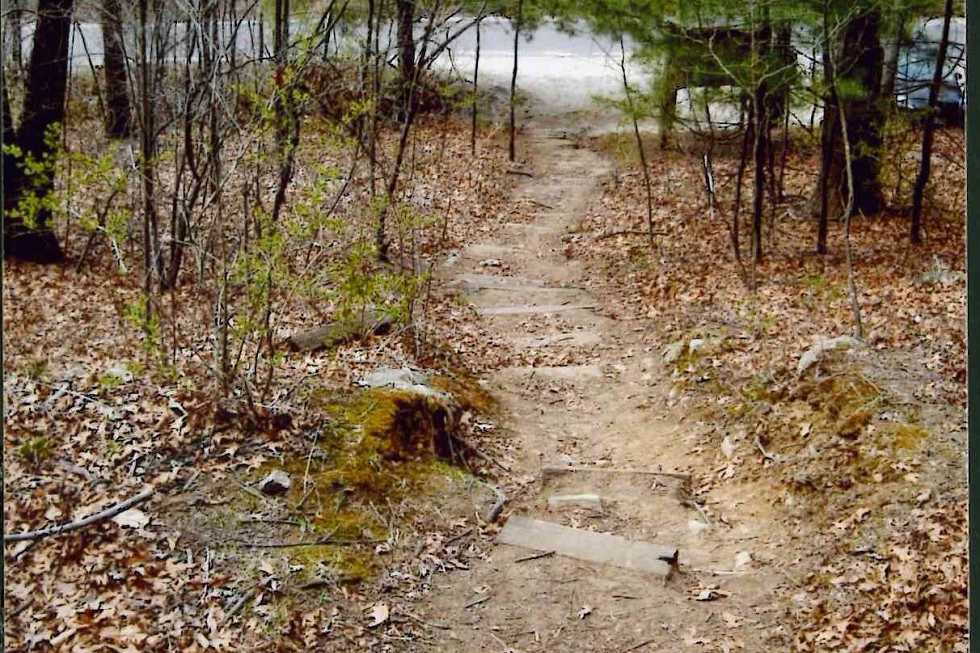
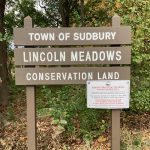 The 78-acre Lincoln Meadows Conservation Land is located in the northeastern corner of Sudbury. The land is a part of a larger, unspoiled 1,080-acre area in the Sudbury River Valley. This area includes the Great Meadows Wildlife Sanctuary (U.S. Fish & Wildlife), the Pantry Brook Reservation (MassWildlife), and Round Hill (Sudbury Valley Trustees), all of which are contiguous.
The 78-acre Lincoln Meadows Conservation Land is located in the northeastern corner of Sudbury. The land is a part of a larger, unspoiled 1,080-acre area in the Sudbury River Valley. This area includes the Great Meadows Wildlife Sanctuary (U.S. Fish & Wildlife), the Pantry Brook Reservation (MassWildlife), and Round Hill (Sudbury Valley Trustees), all of which are contiguous.